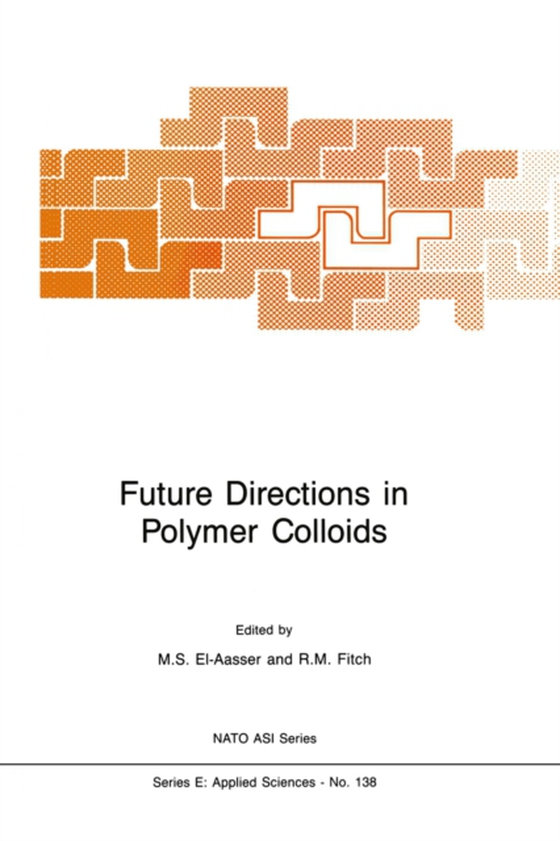
Future Directions in Polymer Colloids e-bog
436,85 DKK
(inkl. moms 546,06 DKK)
Future Directions In Polymer Colloids Hohamed S. EI-Aasser, and Robert H. Fitch (editors) It is appropriate that the first NATO-Advanced Research Workshop on "e;FUTURE DIRECTIONS IN POLYMER COLLOIDS"e; was held approximately fifty years after the first synthetic polymer latexes were made on a commercial scale during the mid-1930s. Since that time the field of what is now known as polyme...
E-bog
436,85 DKK
Forlag
Springer
Udgivet
6 december 2012
Genrer
PNR
Sprog
English
Format
pdf
Beskyttelse
LCP
ISBN
9789400936850
Future Directions In Polymer Colloids Hohamed S. EI-Aasser, and Robert H. Fitch (editors) It is appropriate that the first NATO-Advanced Research Workshop on "e;FUTURE DIRECTIONS IN POLYMER COLLOIDS"e; was held approximately fifty years after the first synthetic polymer latexes were made on a commercial scale during the mid-1930s. Since that time the field of what is now known as polymer colloids has been evolving rapidly, not only on the practical level, but also on the scientific and engineering levels. Billions of pounds of copolymers are manufactured annually by means of the emulsion polymerization process. "e;Commodity"e; polymers as well "e;specialty"e; polymers are prepared today for use in a wide variety of applications: synthetic rubber, floor coatings, paints, adhesives, binders for non-woven fabrics, high-impact polymers latex foam, additives for construction materials such as cement and concrete, and rheological modifiers. They are also used in numerous biomedical applications: such as diagnostic tests, immunoassays, biological cell-labeling, (identi- fication and separation), and drug delivery systems. Small quantities of monodisperse polymer colloids are used as size calibration standards and find extensive use as model colloids to test theories in colloids surface and rheological studies. Advances have been made in our understanding of the mechanism and kinetics of the emulsion polymerization process as well as the stability of polymer colloids. Equal advances were made in engineering areas related to polymer colloids, e. g. modeling of batch, semi-continuous and continuous emulsion polymerization and copolymer- ization processes.
 Dansk
Dansk

